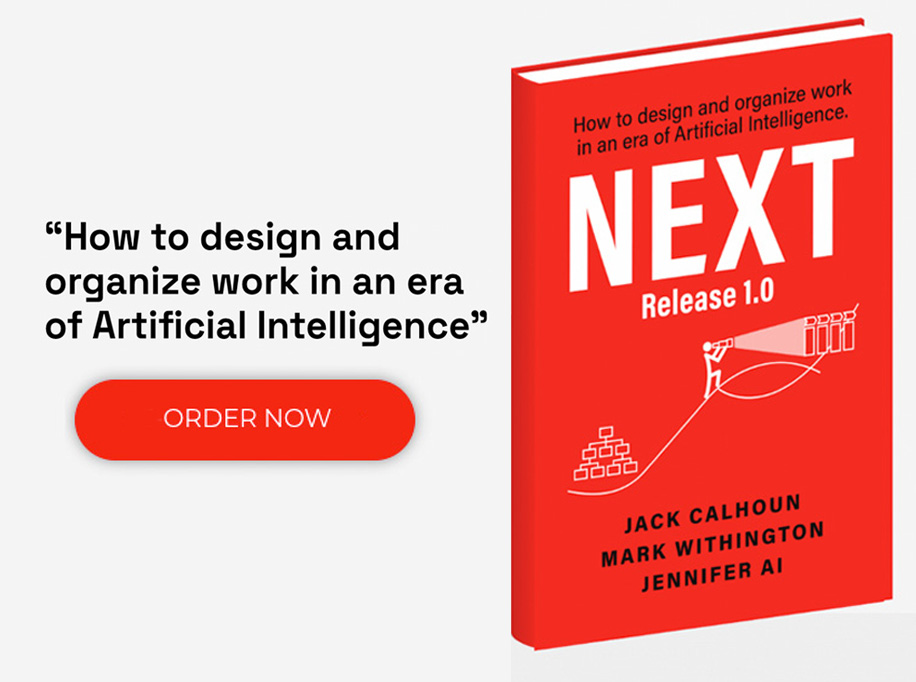Blogs
Recent Blog Posts
-
 Digital Transformation in Health Insurance Industry: What You Need to Know
Digital Transformation in Health Insurance Industry: What You Need to Know -
 Is Your Business AI-Ready? Why AI Readiness Matters More Than Ever
Is Your Business AI-Ready? Why AI Readiness Matters More Than Ever -
 What is the Link Between Employee Experience and Customer Experience?
What is the Link Between Employee Experience and Customer Experience? -
 How to Use AI for Budgeting in Your Business
How to Use AI for Budgeting in Your Business -
 Digital Transformation in Retail: Understanding the Importance
Digital Transformation in Retail: Understanding the Importance -
 Digital Transformation in Finance: Navigating the Challenges
Digital Transformation in Finance: Navigating the Challenges -
 Customer Experience vs User Experience: How Do They Differ?
Customer Experience vs User Experience: How Do They Differ?
Get in Touch







